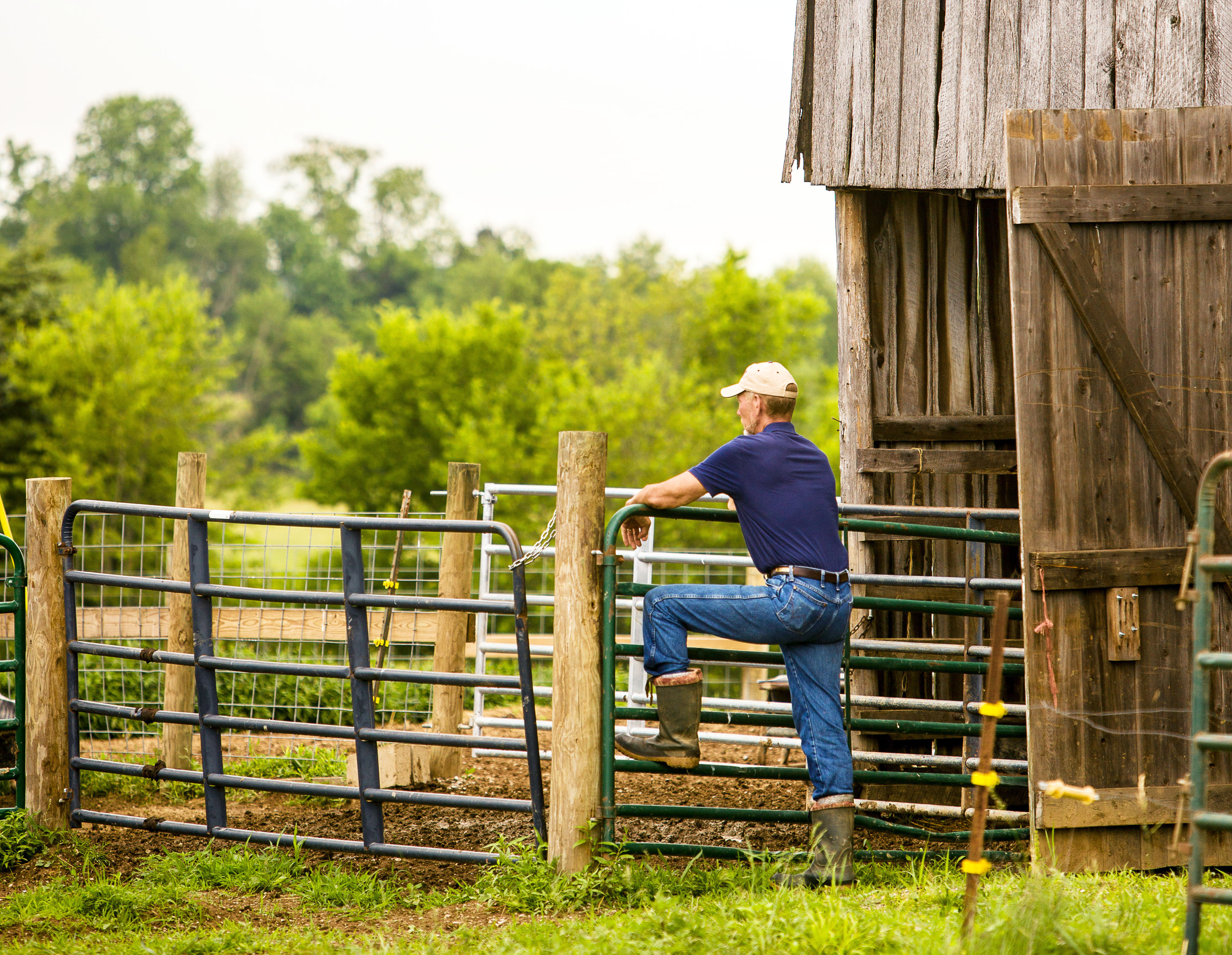Planning for emergencies is the best practice for cattle producers
Planning for emergencies is the best practice for cattle producers


The Covid-19 pandemic has reinforced the importance of planning for the unexpected. Now is the time for cattle producers to review their emergency management plans to make sure their operation is not only able to withstand the consequences of the pandemic but also other future disasters.
“Ideally, most operations have been cross training workers all along, especially where animal care is concerned,” said Katie VanValin, beef specialist for the University of Kentucky College of Agriculture, Food and Environment. “You know that saying, ‘We are only as strong as our weakest link?’ The time to strengthen that link is not after an emergency or disaster has taken place. Have a plan in place so that if one member of the operation is unable to provide effective animal care, the quality of animal husbandry does not diminish. For some operations, this might mean reaching out to close neighbors and being ready to lend a helping hand if a need arises.”
The current disruption is a human health crisis with many people ill or in quarantine. Producers need to plan for all possible scenarios, including disruptions in the supply chain.
““What if you can’t get all the supplies you need when you need them?” VanValin said. “Do you have adequate feed inventory on hand to maintain your herd for 15-30 days? Keep in mind that disruptions to the transportation and marketing system could always last longer than that but having this buffer in place would allow producers time to develop a continuation plan.”
Unfortunately, the COVID-19 crisis is happening during the spring with its often-turbulent weather. Most Kentucky producers are not strangers to damage from severe thunderstorms, tornadoes, flooding and drought — sometimes all in one season. They know how important it is to have a plan to deal with these events. This may include moving animals out of flood-prone areas when conditions exist for flooding, as well as knowing how to gain access to a particular farm or pasture when floods limit access. In response to events such as severe thunderstorms and tornadoes where perimeter fencing may become compromised, it is important to have a plan in place to be able to quickly contain livestock still on the property. Individual animal identification practices such as tattoos, freeze branding and ear tags, are an important step that can be taken prior to a natural disaster that can aide in the immediate aftermath of a natural disaster.
Identifying major weaknesses on your operation is a good way to maintain necessities for your animals.
“Start with basic nutrition, so animals will have feed and water,” said Jeff Lehmkuhler, UK beef specialist. “Limited supplies may mean it takes longer to acquire. That doesn’t mean you need to hoard supplies, just plan for the ‘what-if’ situations. With spring on top of us, pastures are greening up, so you may not have feed resources as a high priority, but an emergency can happen any time of the year; short haystacks this past winter are a prime example. Buying hay tarps to cover extra hay may allow you to store a 20-30% carryover, and it’s a good option to consider.”
Lehmkuhler said it’s also a good time for producers to evaluate how much mineral they have in storage.
“Recent supply issues caused a wide fluctuation in the prices of vitamins A and E, anywhere from 25-40%,” he said. “Consider having enough mineral to carry you through a couple months under current situations. For 20 cows and 20 calves, a bag of mineral lasts only about a week.”
Planning for future emergencies also needs to include farm access.
“During an animal disease outbreak, there may be limited access to your farm,” VanValin said. “Do you have space available to quarantine new animals coming to your operation and/or ill animals for 30 days? Do you have a location that is not directly accessible to livestock for trucks and trailers access to transport animals and deliver feed? Can emergency response personnel easily and safely access your property? Is there more than one access point available, if flooding or fallen debris is present?”
Producers should think about where the water comes from on their farm. If it’s a municipal source, producers should think about a backup plan in case something happens to that water source and it takes time to repair.
“In warmer months, you can use above-ground storage tanks or in-ground water systems for year-round storage,” Lehmkuhler said. “Think outside the box. Perhaps capturing water off the barn roof is a good plan to consider.”
Each operation should take the time to develop or update their personal emergency plan, which should outline emergency contact information for immediate family members, close neighbors, local veterinarians and local emergency management personnel. This plan should also outline basic details about the operation including the approximate number of animals on the property, feed stuffs available on-site, and location of utilities and pesticides, or other hazardous chemicals.
“Each crisis we face is an opportunity to shore ourselves up for the next one,” VanValin offered. “Developing preventative measures ahead of time can lessen the immediate impacts of an emergency.”
Emergency response of any kind starts at the local level, so work with neighbors, county extension agents and local emergency management personnel when developing a plan.
“The agriculture community is one of the most resourceful and resilient group of people I can think of,” VanValin said. “I encourage us all to work together when emergencies and disasters arise. It is important to remember that these situations can evolve quickly.”
